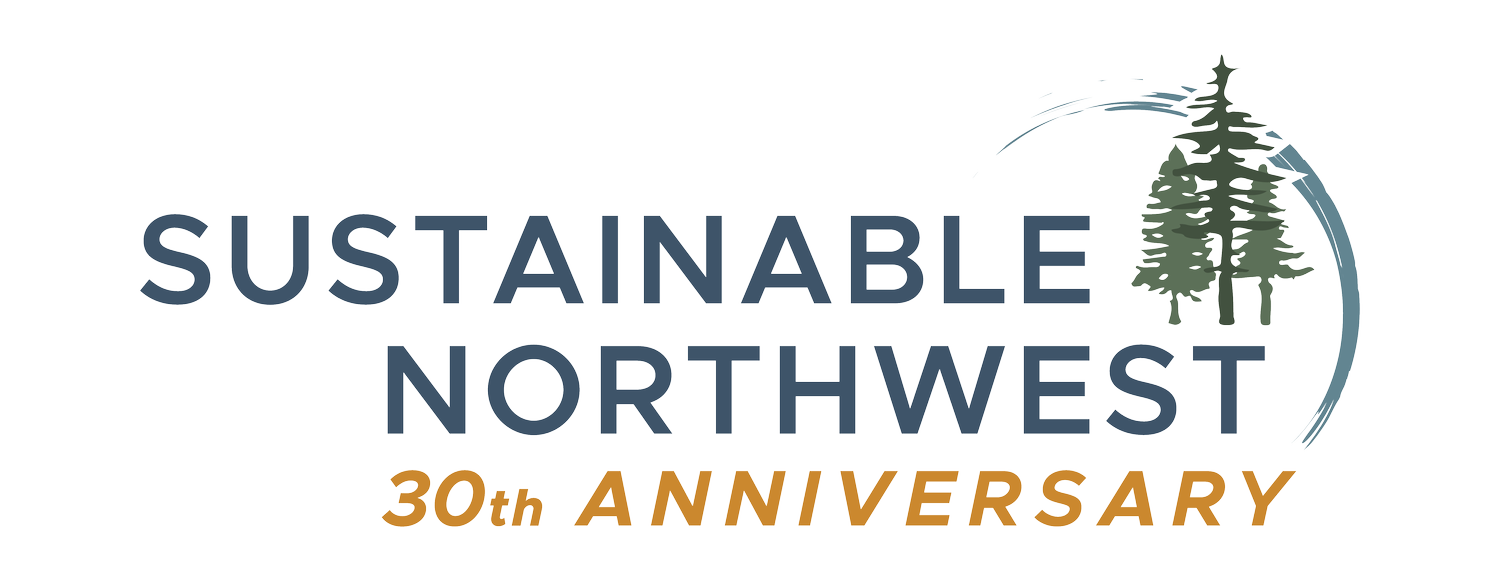6 Things to Celebrate this Week About Klamath River Dam Removal
We are celebrating this week because Klamath dam removal is proceeding as expected and ahead of schedule!
All of the planning and engineering by Kiewit Corporation, Resource Environmental Solutions (RES), and the Klamath River Renewal Corporation is proving to be accurate and well thought out.
DAM REMOVAL IS PROCEEDING ON – AND IN SOME CASES AHEAD – OF SCHEDULE
Over the fall of 2023, the smallest of the four Klamath River dams slated for removal dam – Copco #2 – was dismantled. In January 2024, the remaining three dams were carefully breached and the reservoirs behind them drained – Iron Gate, J.C. Boyle, and Copco #1.
The initial reservoir drawdown has gone successfully and as expected. Decades of planning, permitting, and on-the-ground work led up to the moment when the loudspeakers blared – “Fire in the hole!” – a planned safety warning before an explosive charge breached Copco #1 to allow the Klamath River to flow freely for the first time in 98 years. The challenges that have occurred during the reservoir drawdown period have all been within the range of what was planned for and dealt with appropriately. Deconstruction of Copco #1 is already underway, months ahead of schedule.
WATER QUALITY IS WITHIN EXPECTED PARAMETERS
The release of a century’s worth of accumulated sediment had been anticipated and analyzed by the National Marine Fisheries Service and other federal and state agencies. Turbidity in the short term has been high, as expected. Low dissolved oxygen was fully expected immediately below the lowest dam due to the high organic content sediments released from the reservoirs.
However, the most severe drop in dissolved oxygen lasted less than 24 hours. Ongoing monitoring has shown water quality to remain within expected parameters. As with other successful dam removals, there is short-term pain for very long-term gain. Learn more about the science behind Klamath dam removal here.
“IRON GATE DAM HAS KILLED ITS LAST SALMON.”
That was a quote recently from Mike Belchik, a senior biologist for the Yurok Tribe. Recently some young hatchery salmon (Fall Chinook) died shortly after their release, but their deaths were not due to dam removal. They were caused by "gas bubble disease" that likely occurred as the fry migrated through the tunnel below Iron Gate dam.
Fortunately, these were extra hatchery fish, beyond the hatchery quota. Tribal and state agencies also report there are plenty of wild fish in the river, alive and swimming out to the ocean as expected.
RESTORATION IS A BIG JOB, AND MUCH PROGRESS HAS BEEN MADE
The growing and distributing of seeds to replant the land below the former reservoirs is moving along with several billion seeds already scattered by Yurok Tribe crews working under contact with Resource Environmental Solutions (RES), the restoration contractor for the dam removal project.
As the formerly inundated new ground stabilized enough to support them, RES and tribal crews got to work immediately with assisted sediment evacuation and revegetation. Crews could literally not wait to get started, and they began reseeding the area the day after drawdown began. By January 25, crews had planned 23,000 acorns by hand, one at a time, and sown millions of seeds. Tens of thousands of plants and plugs have already gone in the ground. RES has 17 billion native seeds in storage – propagated over the last four years – which is twice the number needed to seed the 2,200 acres of reservoir footprints. This ensures there will be plenty of seed in the event that rain or snow cause some planted areas to get inundated, requiring replanting.
Yurok Fisheries Department Revegetation crew member Spe-gi Vigil scatters native plant seeds in the newly exposed earth to take advantage of the moist soil and prevent invasive weeds from taking root. Photo credit: Matt Mais
RESTORATION AND RECOVERY WILL TAKE TIME
RES had been planning for years to restore a project area they had never laid eyes on because it was under water. As they track rapidly changing conditions within the former reservoir footprints, they are seeing emerging habitat types and are adapting restoration efforts to support new flow patterns and the mobilized sediments.
While restoration and recovery will take time, the emergence of seeps and springs and miles of river and stream habitat is a major step in the process of welcoming the salmon home.
IT’S NOT ALL TECHNICAL. IT’S ALSO EMOTIONAL.
Tribal and community members gathered at the breached dams to watch the river coming back to life. On several occasions, tribal members broke into song either individually or as groups. Although nontribal members could not understand the language, they felt the message. Eyes filled with tears of joy. People who normally shake hands became huggers.
Sustainable Northwest is deeply honored to have spent years advocating for the largest salmon restoration project in the world. It’s a technical accomplishment and also a regulatory, legal, and organizational feat. But what makes us most proud is that we have been a part of this tribally-led effort working alongside local tribes and other nonprofits advocating for watershed health, salmon restoration, tribal sovereignty, and commercial and recreational fisheries.
Thank you to Dave Meurer of RES for contributing to this blog post. You can find out more about their work in the Klamath by visiting their website!
To learn more, check out our Water Program and our work in the Klamath Basin.



